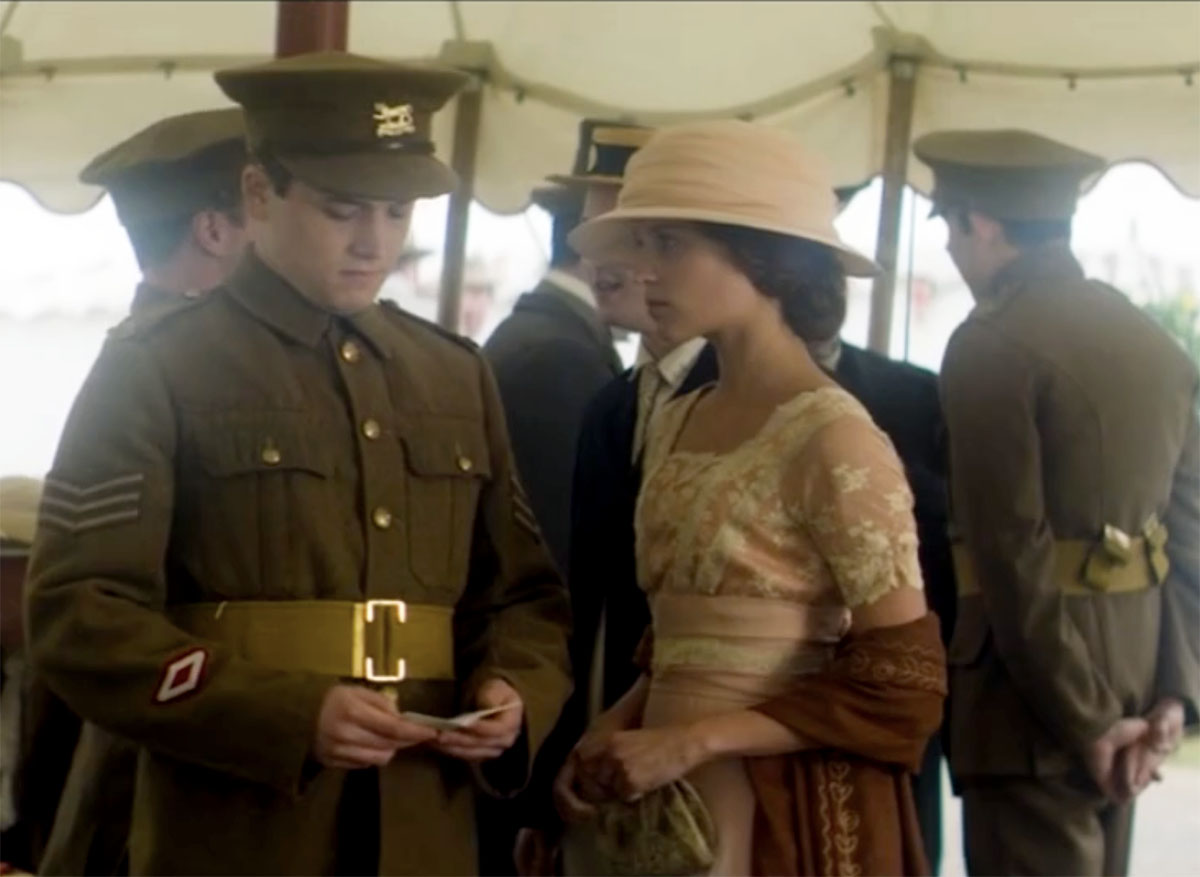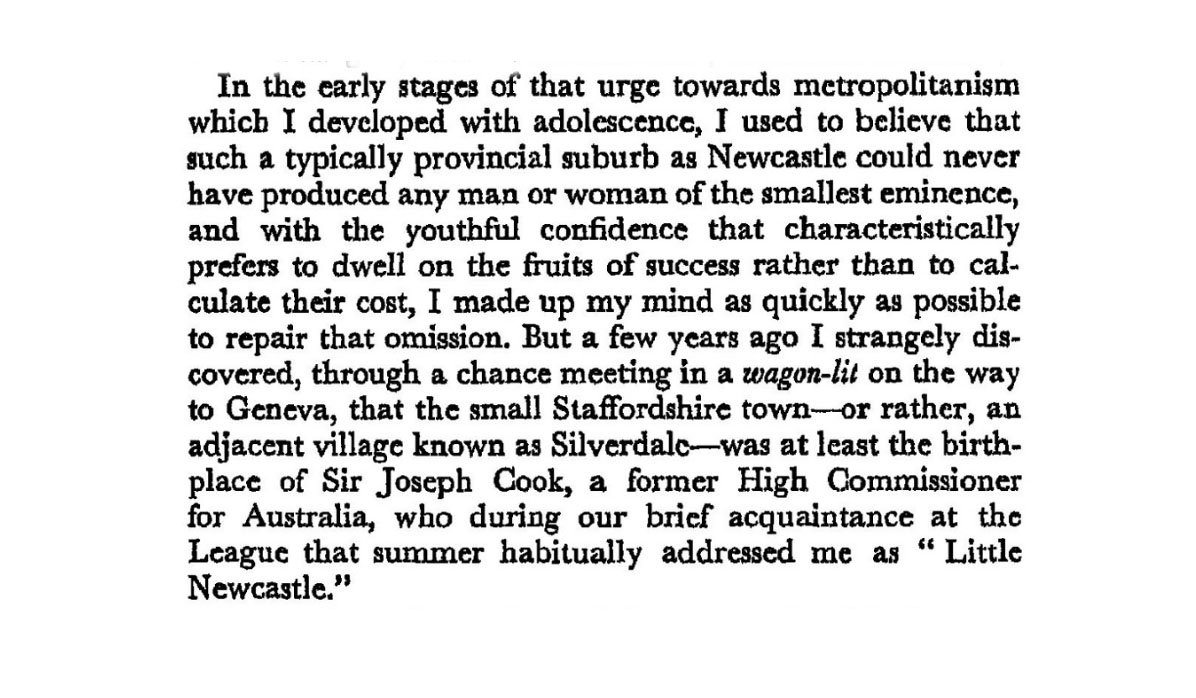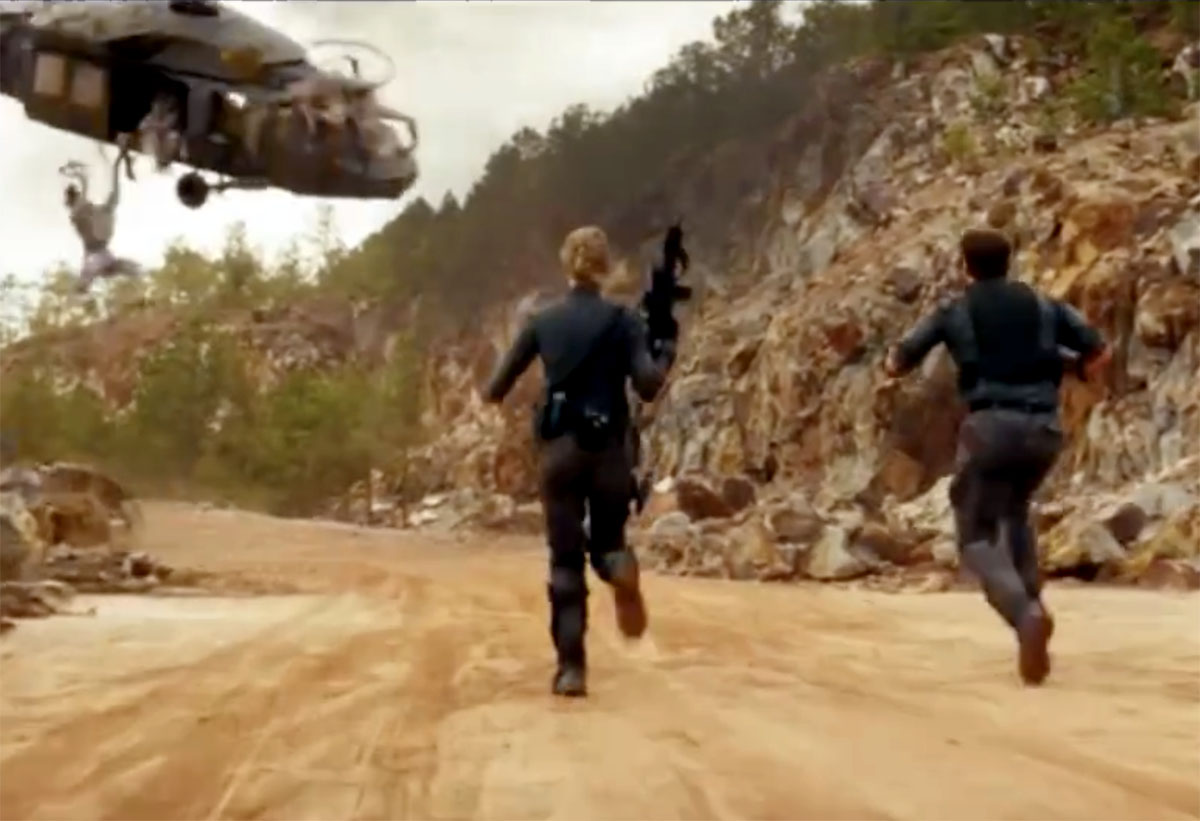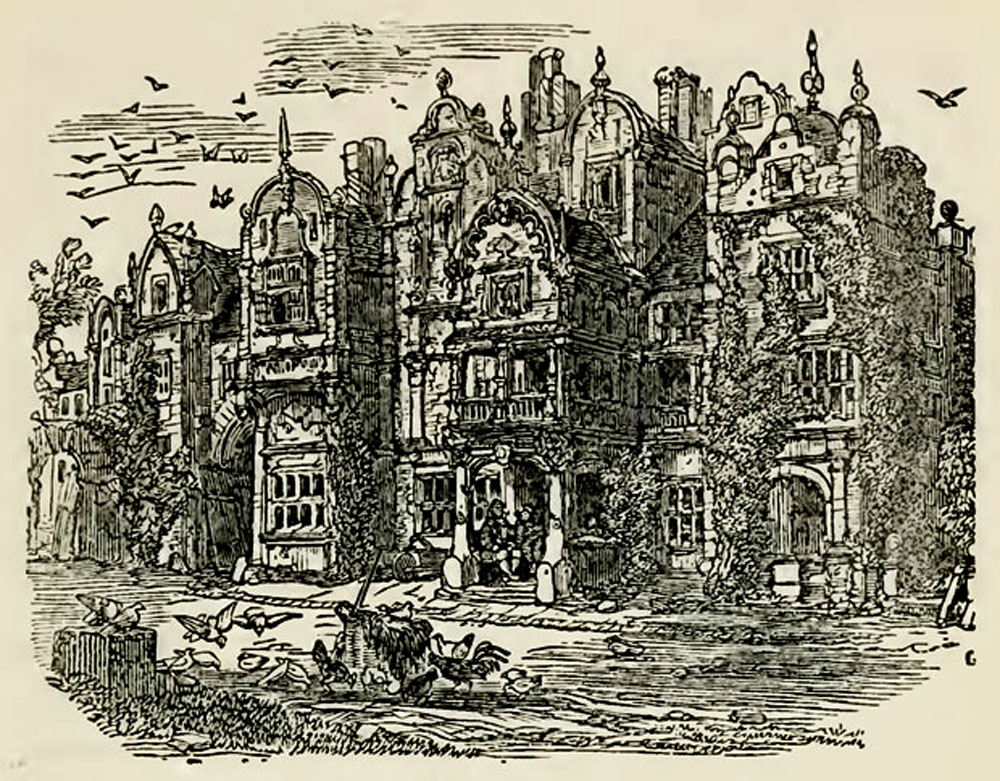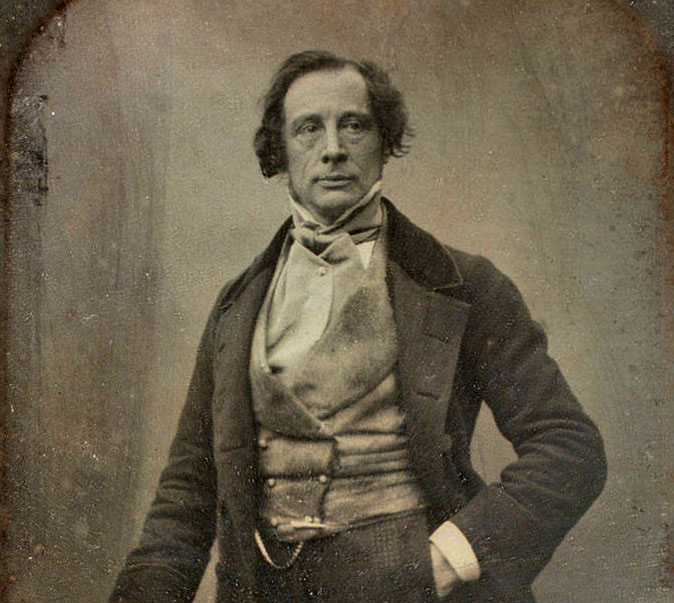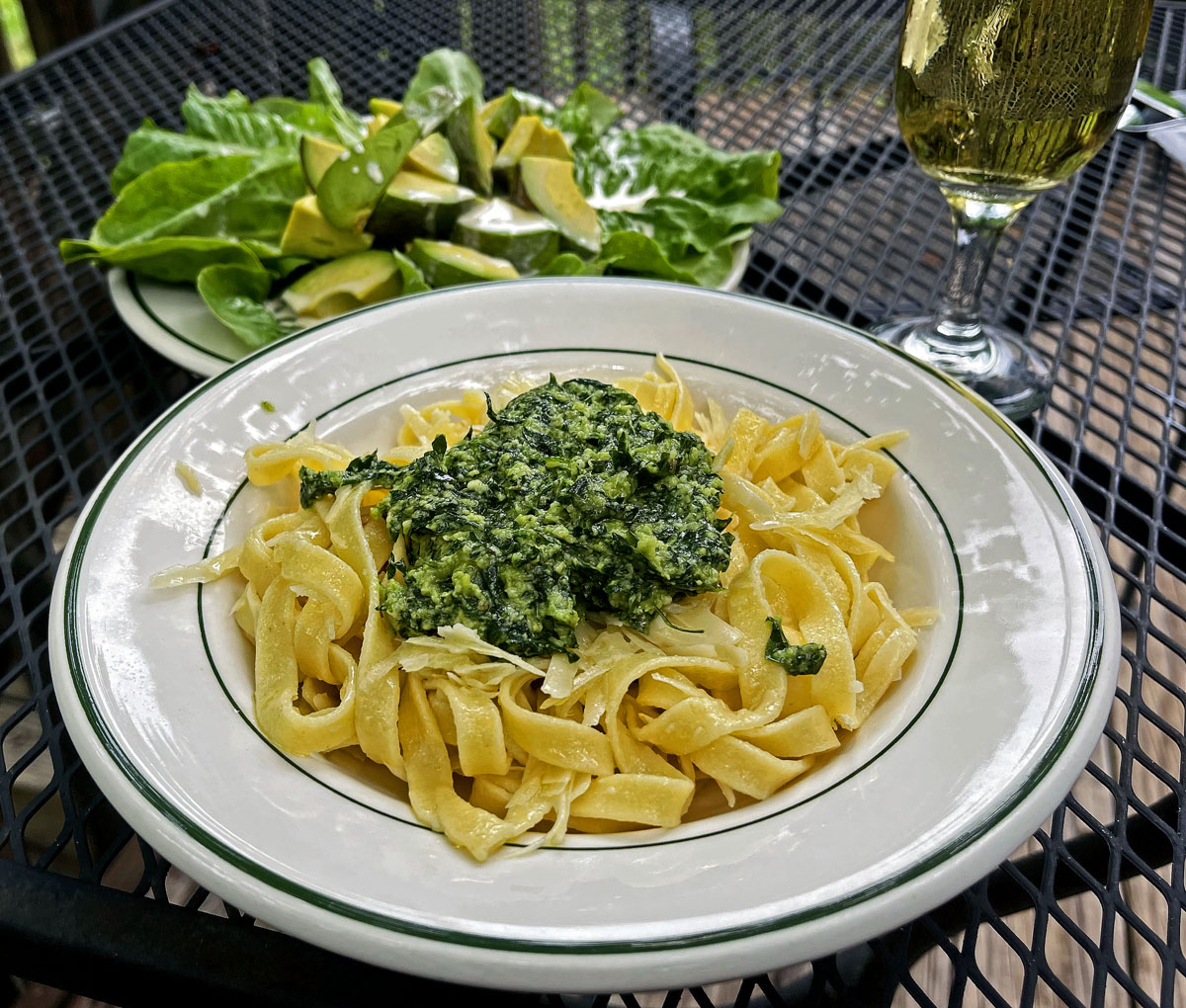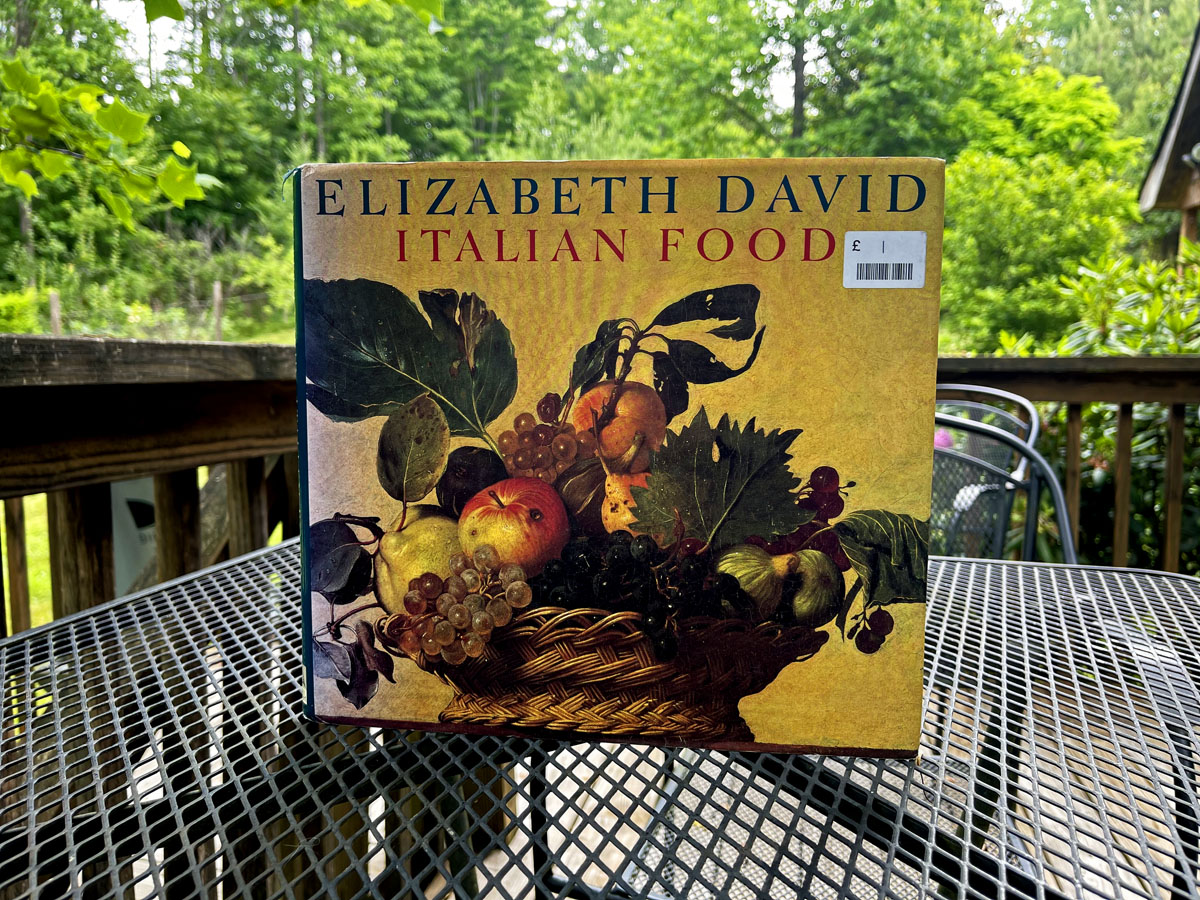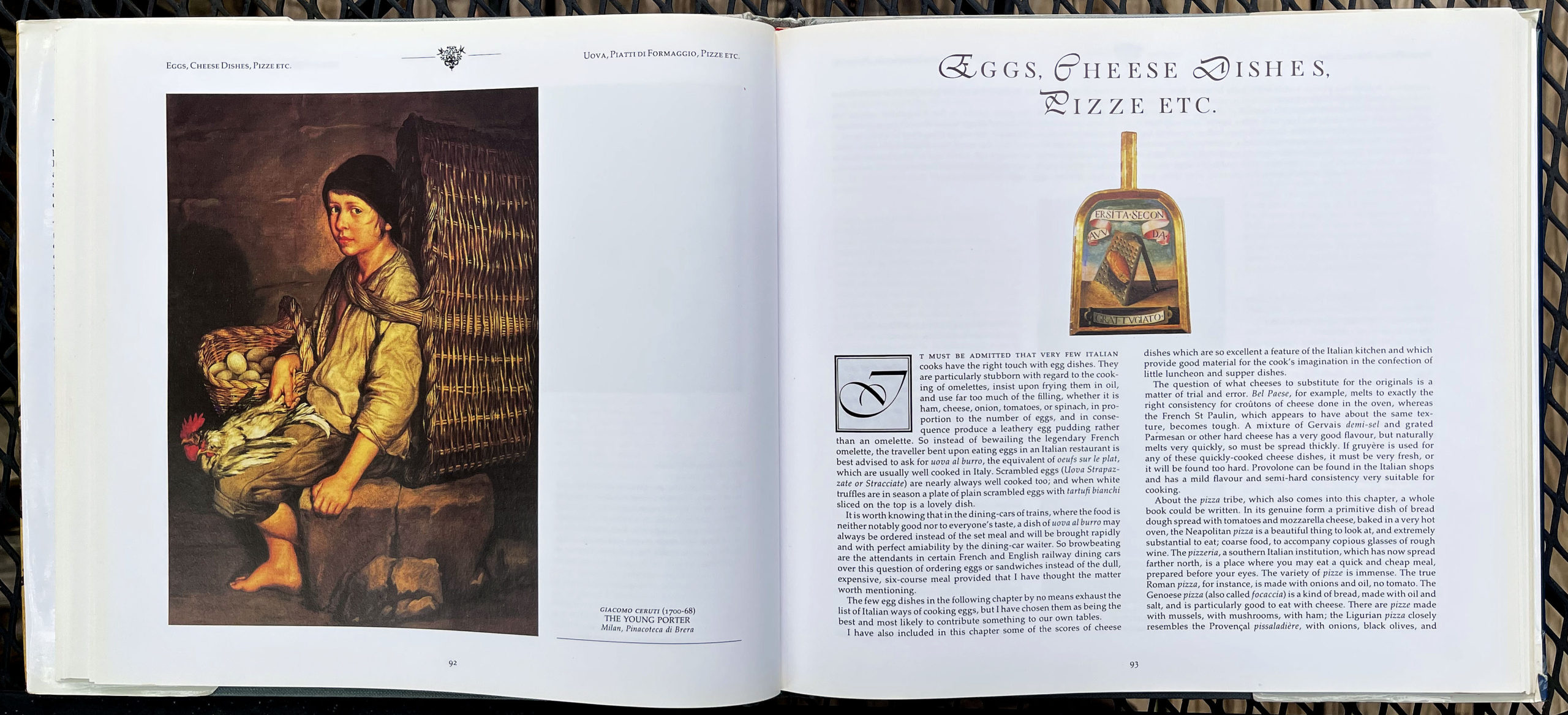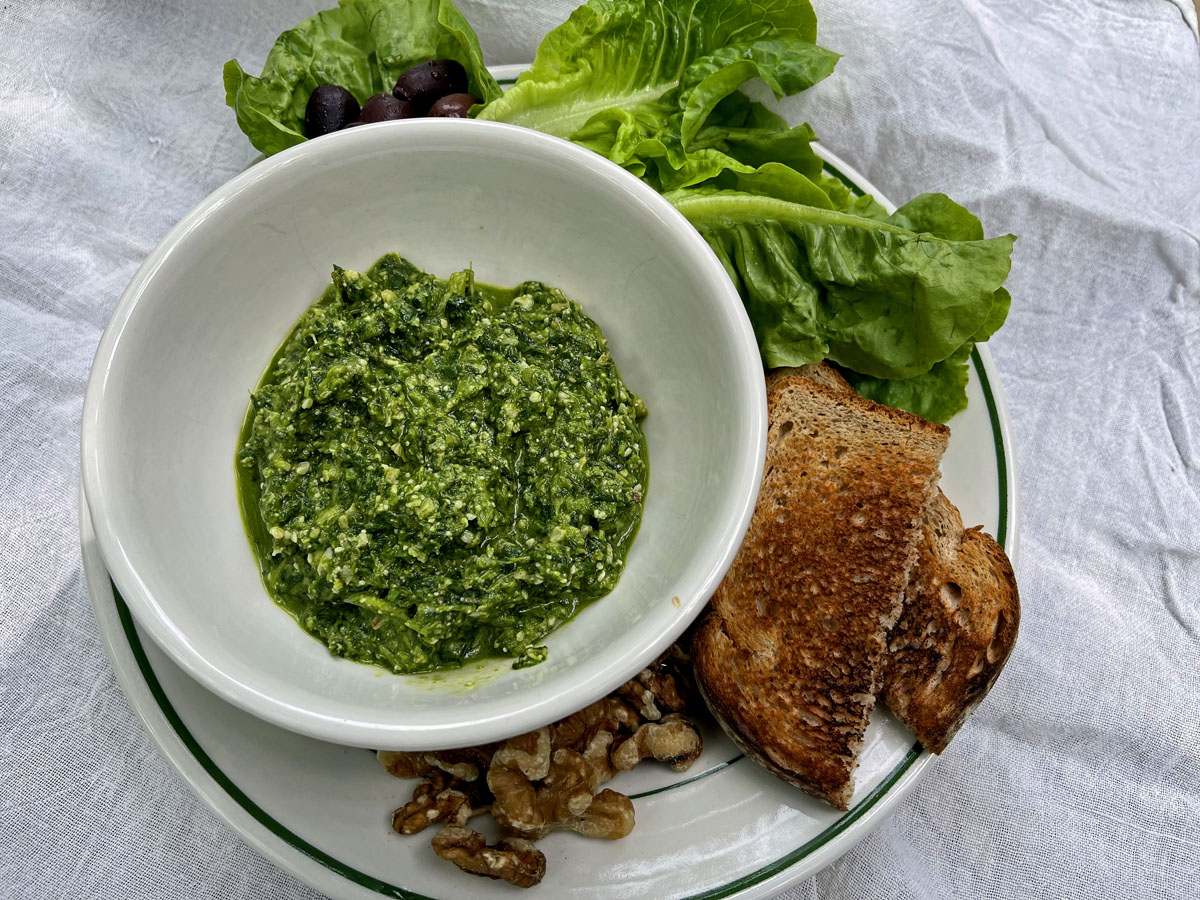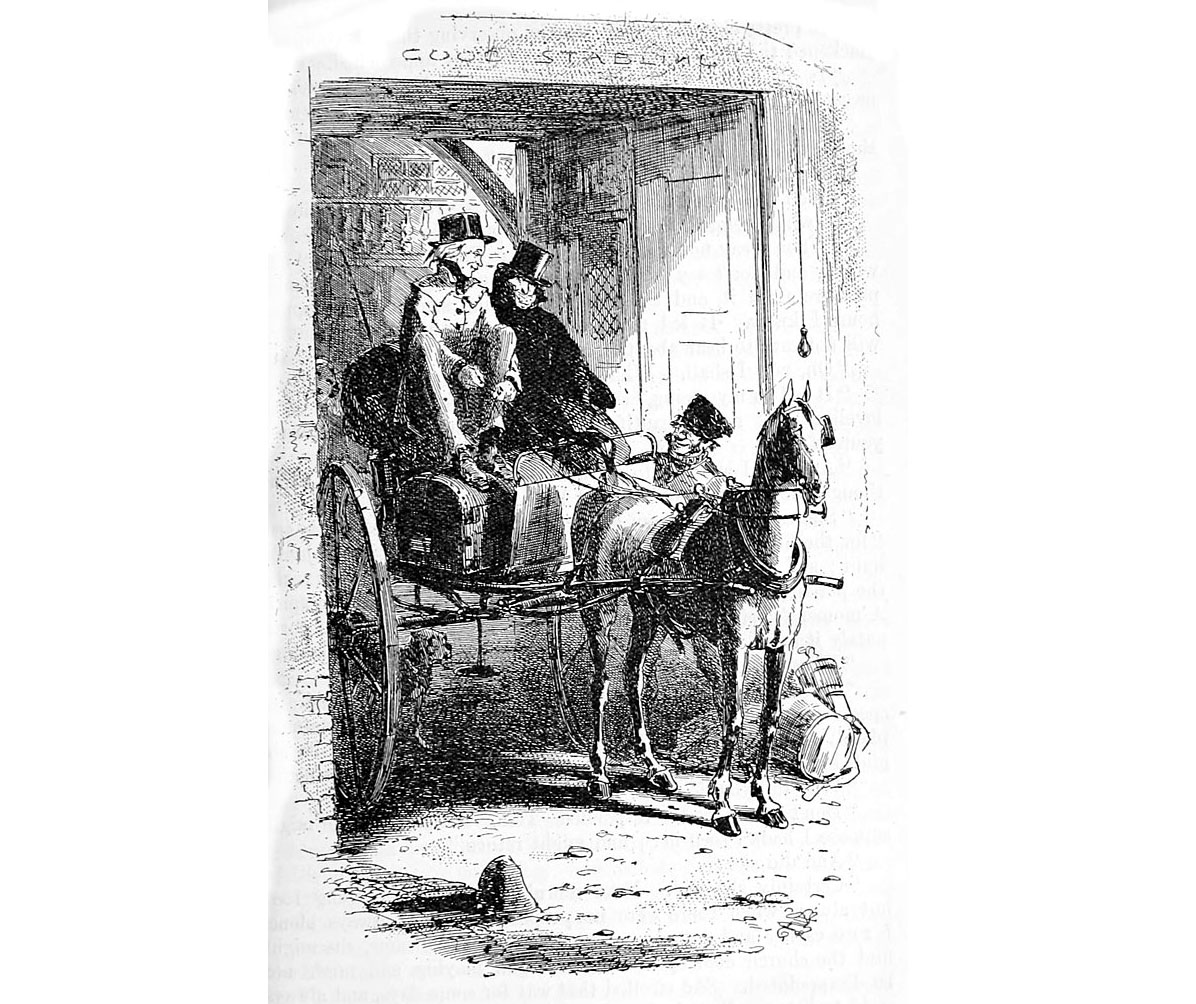
Pinch starts homeward with the new pupil. Hablot Knight Brown (also known as Phiz). Source: Wikimedia Commons.
In our era, Charles Dickens is neglected and undervalued. Martin Chuzzlewit surely is one of Dickens’ most neglected and undervalued novels. For reasons that I was completely unprepared for, now would be a good time for a Dickens revival, not to mention a Martin Chuzzlewit revival.
The last villain I would have expected to mention in a review of a Charles Dickens novel is Donald John Trump (whose name happens to have a Dickensian ring to it). But it’s not Trump himself who appears in the novel. It’s the red-cap wearing, snuff-dribbling, dumb-as-rocks and in-your-face Trumpists who appear in the novel, fine Americans all.
Wikipedia writes, citing Hesketh Pearson (1949), “Dickens’s scathing satire of American modes and manners in the novel won him no friends on the other side of the Atlantic, where the instalments containing the offending chapters were greeted with a ‘frenzy of wrath.’ As a consequence Dickens received abusive mail and newspaper clippings from the United States.”
Martin Chuzzlewit was published in serial form between 1842 and 1844. Dickens had visited America in 1842. Clearly he had some things he wanted to say about Americans, so, in Chuzzlewit, Dickens has two characters visit America. This visit to America is peripheral to the plots, so clearly it was a device for conveying Dickens’ disgust with the hypocrisy of Americans — or, at least, with the hypocrisy of certain Americans. Americans in Chuzzlewit are always going on about liberty, their own liberty, liberty that they deny to others, up to and including slavery. Two years after the Civil War, in 1867, Dickens returned to America and backpedaled on his criticism, calling it satire (which of course it was).
Maybe Dickens believed in 1867 that Americans, having gone to war because of it, had confonted and corrected themselves on matters of liberty. If that’s what he thought, he would have been wrong. In How the South Won the Civil War, the historian Heather Cox Richardson describes how Southern values — “a rejection of democracy, an embrace of entrenched wealth, the marginalization of women and people of color” — not only lived on but also migrated west, encoded as the myth of the ruggedly independent cowboy. Today’s Trumpists, Richardson shows, are the very same people.
That they are the very same people also is what Dickens shows in Martin Chuzzlewit. It is to be regretted that Dickens ever backpedaled on those insights. There have been times in American history when it might have been possible to imagine that America had changed and turned over a new leaf — for example, July 2, 1964, when Lyndon Johnson signed the Civil Rights Act; or November 4, 2008, when Barack Obama was elected president. Now we know that we might as well say that we are still fighting the battles of the Civil War and that we just came through one of the most dangerous battles since Appomattox.
But enough about Trump and Trumpists, who seem to intrude into everything these days, for the purpose of exercising their liberty to drag everyone down with them (public health and the climate of the planet, for example, not to mention, as always, the tyranny of the rich). One of the reasons I read novels is to escape from all that.
Back in England, if I had to choose one word for what drives Dickens’ novels and motivated Dickens to write them, that word would be character. By that I mean character not in the sense of “Tom Pinch is a character in Martin Chuzzlewit.” Rather, I mean the character of the characters, as in the Oxford definition, “the mental and moral qualities distinctive to an individual.” Charles Dickens, I must imagine, quietly studied the character of the people around him, no less than did Sigmund Freud. Dickens obviously did not like much (maybe most) of what he saw. He chose satire as his vehicle. As for Dickens’ lovable characters (Tom Pinch, for example), they are not perfect. During the course of the story they will learn, and by the end of the story they will be changed.
I can think of a dozen reasons for reading Dickens today beyond what I would call Dickens’ “re-relevance,” that is, the fact that, 180 years ago, he came to America and saw straight through us. (Unfortunately, as the arc of justice has moved on, some people never changed.) As I wrote here recently about Barnaby Rudge, Dickens’ style is worth studying for its cinematic qualities. His ability to evoke atmosphere is enormous. The setting, the dialogue, and even the weather will work together to create a powerful scene — for example, the opening scene of Barnaby Rudge inside an English tavern on a dark and stormy night.
In Martin Chuzzlewit, Dickens spends several pages to take the reader on an absolutely thrilling stage coach ride (on top of the coach) from Salisbury to London. If I were a scholar and had the time, the first paper I’d want to write about Dickens would be a survey of his complete works for what people are eating — scrumptious or revolting as the scene requires, and always beautifully described. Dickens gives as much attention to costumes as to food. There also can be no doubt that, just as Dickens looked around him and was horrified at the ill treatment of human beings, he also was well aware of the suffering of animals, such as the birds in the bird shop in Chuzzlewit and the horses who draw the coaches on those thrilling, and rather dangerous, stage coach rides.
Yes, reading Dickens takes time. His style is not suited to reading fast, and his novels are long. Chuzzlewit is about 770 pages. I realized, while reading Chuzzlewit, that I identify with Dickens. I too look around me and am horrified at how bad and how deluded people can be. It’s easy to be angry. But Dickens never, ever sounds angry. Rather, he makes fun of crummy people. He lets their own words expose them for what they are. And his stories always deliver in the end exactly what his characters deserve. Here we are, 180 years later, still trapped in Dickens’ world with our work cut out for us, a world in which hardly anybody — whether good or bad — gets what they deserve.
